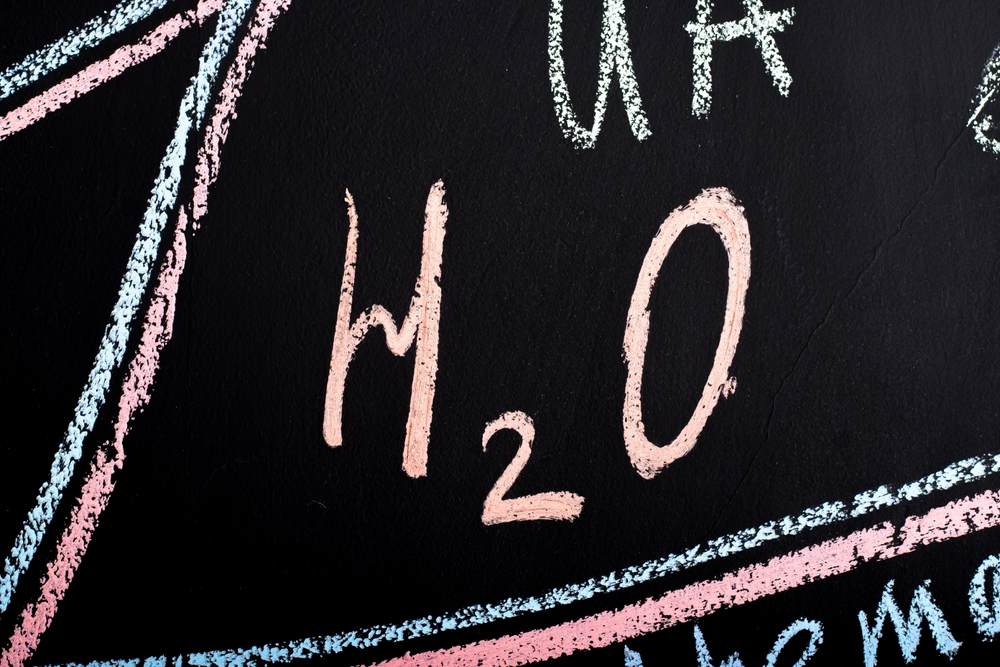Water Atomization: Water Atomizing Process and Best Nozzles

Metal manufacturers provide a range of base metals and alloys for customers who use these materials to create metal products. While pure metals may be used, often the metal becomes processed to remove impurities, place in additives to create alloys and superalloys, and to make the metal into specific shapes and sizes.
Certain shapes for manufactured metal include billets, shot, cubes, slabs, sheets, and fine powder -- among many others. A specific characteristic may be chosen that provides better melting during casting or malleability for cold/hot working processes. When creating metal powder, manufacturers use a water atomization process. Water atomization relies on nozzles to cool molten metal instantly to create very small metal particles based on the size of the water droplets.
What is the Water Atomization Process?
Water atomization is a process where jets of water become sprayed onto molten metal. The molten metal is poured out, as nozzles direct the water on the metal to cool it. As the metal solidifies, it becomes small granules. The granules are as small as the droplets of water that strike it.
Water atomization can be used for both ferrous and non-ferrous metals. Common metals that can undergo this process include copper, iron, tool steels, bronzes, brasses, alloy steels, aluminum, lead, and zinc.
There are different consistencies to metal powder. A manufacturer may create coarse, fine, or very fine powder. To create finer powder, the water pressure is adjusted to a higher rate. Normal granule sizes would consist of 1-10 mm from water pressure at 200-500 kilopascal (kPa) or 2-5 bars. Finer granules of metal would require pressure ranges of 500 bars. For coarse powder, the water pressure would be at 50 bars.
What is the Purpose of Atomization?
Compared to other methods such as crushing or grinding of metals, water atomization offers an effective way to create powdered metals that are both economical and efficient. Its commercial viability makes this method a popular option for any metal that is melted, whether ferrous or non-ferrous.
In addition, constant innovations and technologies have allowed this process to overcome many disadvantages such as irregular shapes, oxidized surfaces, and lower tap densities have slowly been overcome due to the state-of-the-art water jet nozzle equipment. Workers and operations have greater control of flow rates, water pressures, and droplet sizes to create very fine powder on demand that is consistent in size.
Water Atomization Equipment
The water atomization process first starts with heating the metal in a melter for large quantities in a smaller ladle. The metal is poured into a tundish, which is an open container with holes along the bottom that will feed the molten metal into the water atomization system.
The water atomization equipment consists of an atomizer tank with water jet nozzles connected to a high pressure water system. The nozzles are connected at the top of the tank and precisely aimed at the top pipe or opening. Through this opening, the tundish releases the molten metal down into the tank. The nozzles spray the water onto the molten metal as the metal cools and falls to the bottom of the tank as a slurry.
This slurry is pumped to a connection that leads to two possible processes: a leach tank or a de-water tank. The slurry may have -20% moisture or -5% moisture based on the consistency that is desired. For some processes, the cooled metal that contains little to no water remaining will go to leaching equipment and further into production operations.
Other processes may have too much water remaining. The cooled metal and remaining water are separated as the water becomes recycled and cooled. The recycled water is placed back into the high pressure pump to go through the entire process again. In other instances, a drying process may be added into the system, especially for smelters who plan to later sell their metal products to refineries.
Careful consideration for nozzle technology allows manufacturers to create coarse, fine, or very fine powder. A manufacturer has to determine the spray pattern of the water nozzles. A pneumatic nozzle allowing for circular impact or coverage around the molten metal ensures that the metal cools instantly on impact and turns into the appropriate particle size. The pneumatic spray nozzles must also allow the desired pressure from the high pressure water pump without altering the flow rate.
An additional factor involves the nozzle style. Airmist nozzles from Lechler create finely atomized water to spray through the tank, striking the metal and leaving very little moisture behind when the metal powder becomes collected. This method allows manufacturers to produce fine powder without the additional need for drying equipment to remove the remaining water.
Lechler Atomizing Spray Nozzles
Lechler is a leading manufacturer in spray nozzle technologies and systems for companies. We offer pneumatic atomizing nozzles in spray and fan patterns, twin fluid nozzles for fluid/gas mixtures, and additional pneumatic nozzles customized for the application. We also offer accessories for our pneumatic nozzle series when a manufacturer has special requirements.
For manufactures that need to atomize water or other liquids for operations, you rely on the latest turn-key nozzle technologies and customized pneumatic nozzle atomization systems. If you have an atomization system in need of reliable and durable spray nozzles, contact our company today.